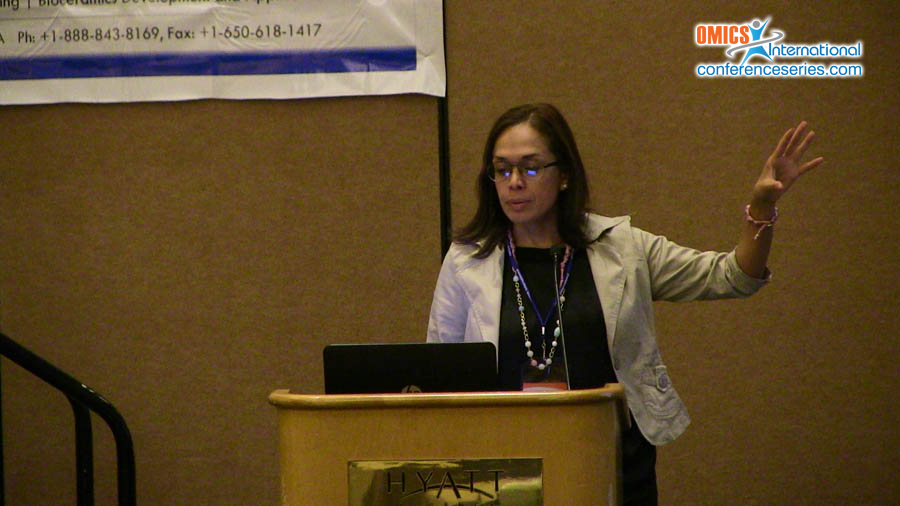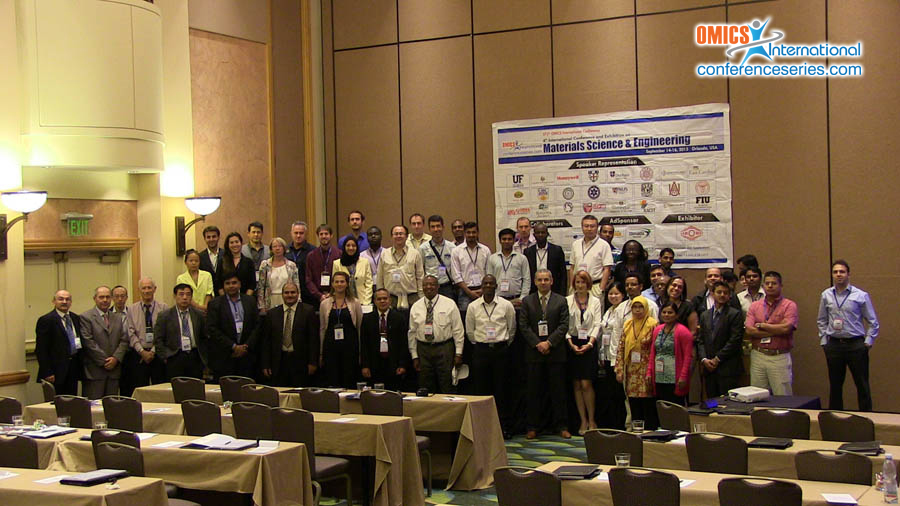
Virginia Paredes
Universidad ECCI Bogotá, Colombia
Title: Assessment of biomimectic modification on a novel low elastic modulus Ti–Nb–Hf alloy for dental implants
Biography
Biography: Virginia Paredes
Abstract
Currently, the material most commonly used as implants to bone regeneration, have elastic modulus between 220 GPa (CoCr) and 110 GPa (Ti), however the cortical bone has a elastic bone of 7-25 GPa1,2, then, there is a tendency to show a stress shielding effect.3–5 Therefore, low modulus alloy are nowadays desired, because the modulus required for implant must be more similar to that of bone, which will inhibit bone atrophy and induce good bone remodeling as stated above.2–4 Different authors say that Ti alloy containing elements no toxic as Nb, Zr, Ta, Mo, Hf, Fe, Sn, Zr improve mechanical properties, low elastic modulus, biocorrosion resistance, also they have biocompatible and have not allergic problems2–5 For this study a Ti alloy (TiHfNb) was used. Unlike other Ti alloys employed as implant materials it is Ni free, and therefore able to show good resistance and presents an elastic modulus of 74 GPa.6–12. Although the excellent qualities this material lacks bioactivity, in order to overcome this drawback were incorporated on the surfaces biological molecules (RGD, FHRRIKA, PHSRN and mixtures). These peptide sequences have previously shown to improve cell adhesion interactions13, 14. Finally, cells adhesion studies on modified surfaces were made for to evaluate the biomimetic modification.


